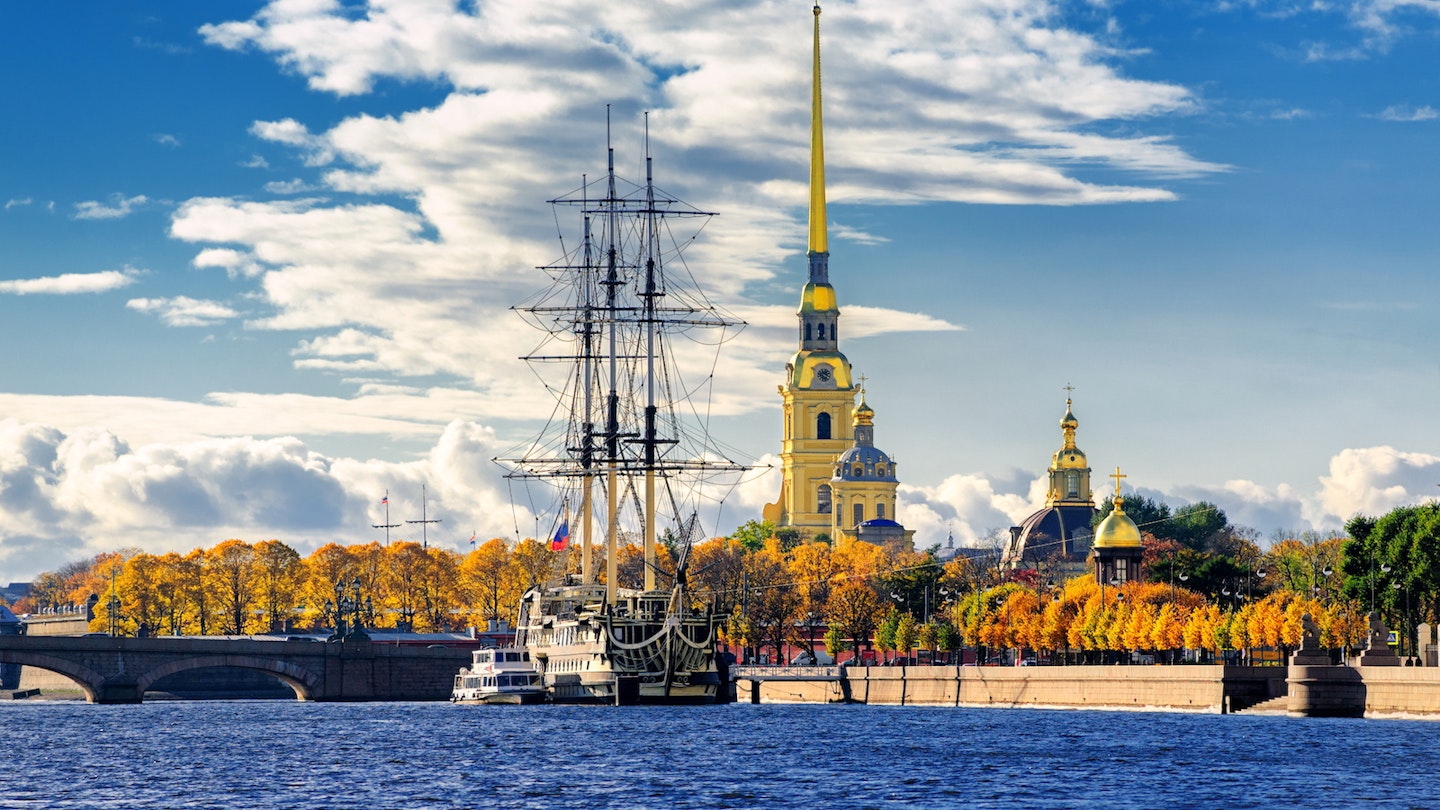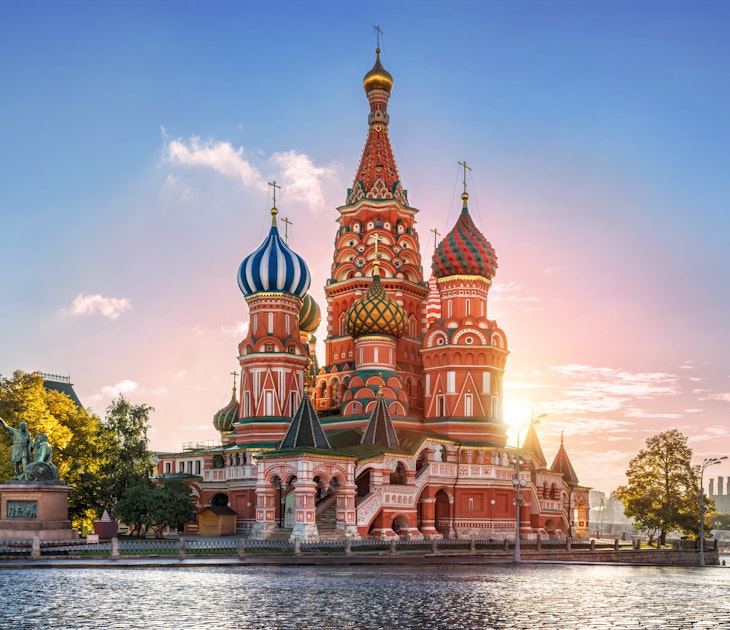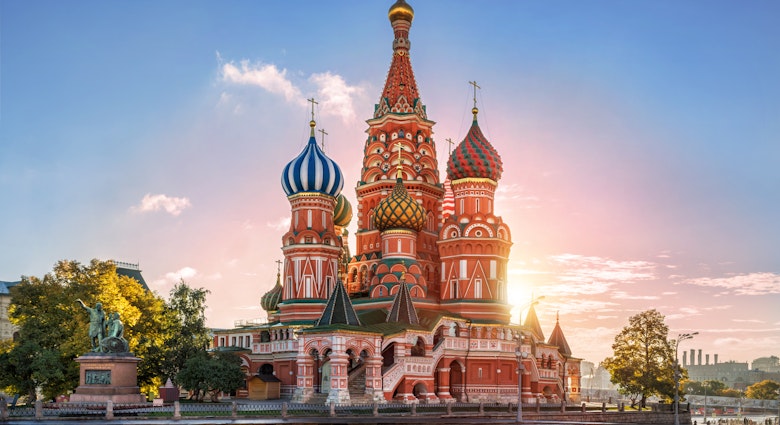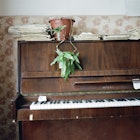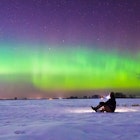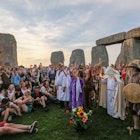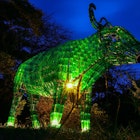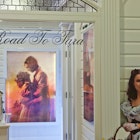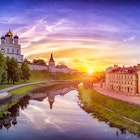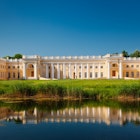St Petersburg was founded by Peter the Great just over 300 years ago. Although the capital moved to Moscow after the 1917 February Revolution, St Petersburg is still known as the ‘northern’ or ‘cultural’ capital of Russia. Explore the art, architecture, and history of Russia's grand and second largest city.
On the map, St Petersburg fits into a triangle, its lines drawn along the Gulf of Finland, the Obvodny Canal and the Neva River; the river divides the city into two approximately equal parts. To the south of the Neva is the center of contemporary St Petersburg, to the north – Vasilievsky Island and Petrogradka.
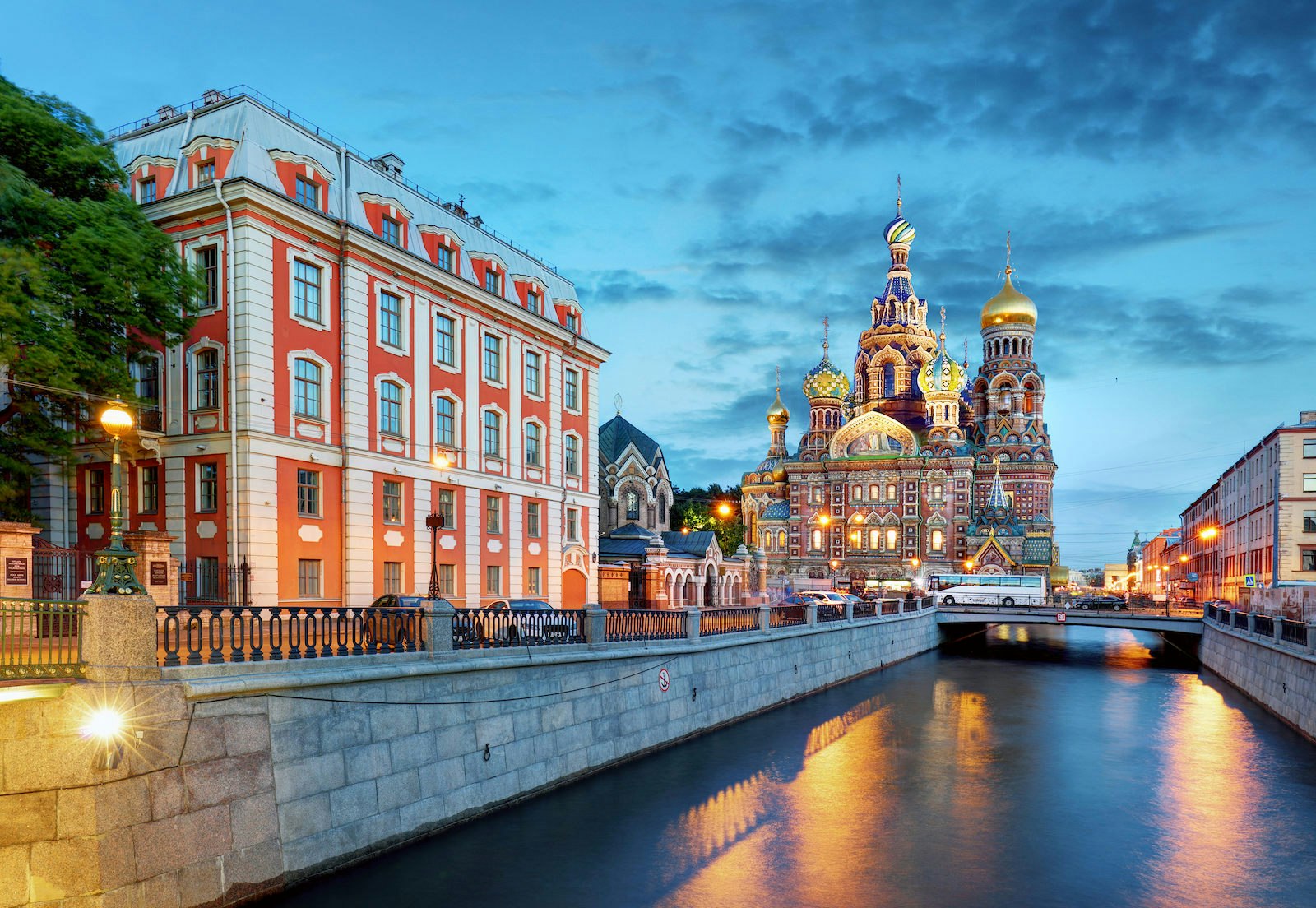
City of Squares
St Petersburg is a city of squares. At the very heart of the city is Palace Square lined by the Winter Palace on one side and the former General Staff Headquarters on the other. Today they’re both part of the Hermitage Museum, with one of the best art collections in the world. The center of the square is occupied by the fifty meter-high Alexander Column, topped by an angel, symbolizing Russian victory over Napoleon in 1812.
Right next to Palace Square is the Admiralty, a former wharf-turned-naval headquarters. Admire the Admiralty’s famous spire topped with a golden ship – one of the city’s symbols. Stop at nearby coffee shop Bonch for a quick bite. Apart from excellent coffee, Bonch offers European-style food, and its floor-to-ceiling windows are great for people watching.

Head down Bolshaya Morskaya Street to St Isaac's Square and stand in the shadow of St Isaac’s Cathedral (the largest in the city), view the statue of Emperor Nicholas I, and spot luxury hotels Astoria and Angleterre and the huge Mariinsky Palace. The palace is located across the Blue Bridge – the widest in the city (almost 100 metres). Check out the impressive neoclassical interior and climb to the top of its enormous dome for panoramic views of the city.
There are plenty of options to eat on the square, including Schastye (Happiness), which offers a mix of Russian and European classics and Obshchestvo Chistikh Tarelok (Clean Plates Society) with lots of vegetarian dishes and great cocktails.
Between the cathedral and the Neva river embankment is the Senate Square, where the Decembrist Uprising took place in 1825. Today the main attraction is the Bronze Horseman, depicting Peter the Great himself, a monument immortalized in the eponymous poem by Russia’s best known poet, Alexander Pushkin. The square is named after the former Senate building, which faces the Horseman. Right next to it is the Most Holy Synod and the Manege Central Exhibition Hall, which hosts regular contemporary art exhibitions.
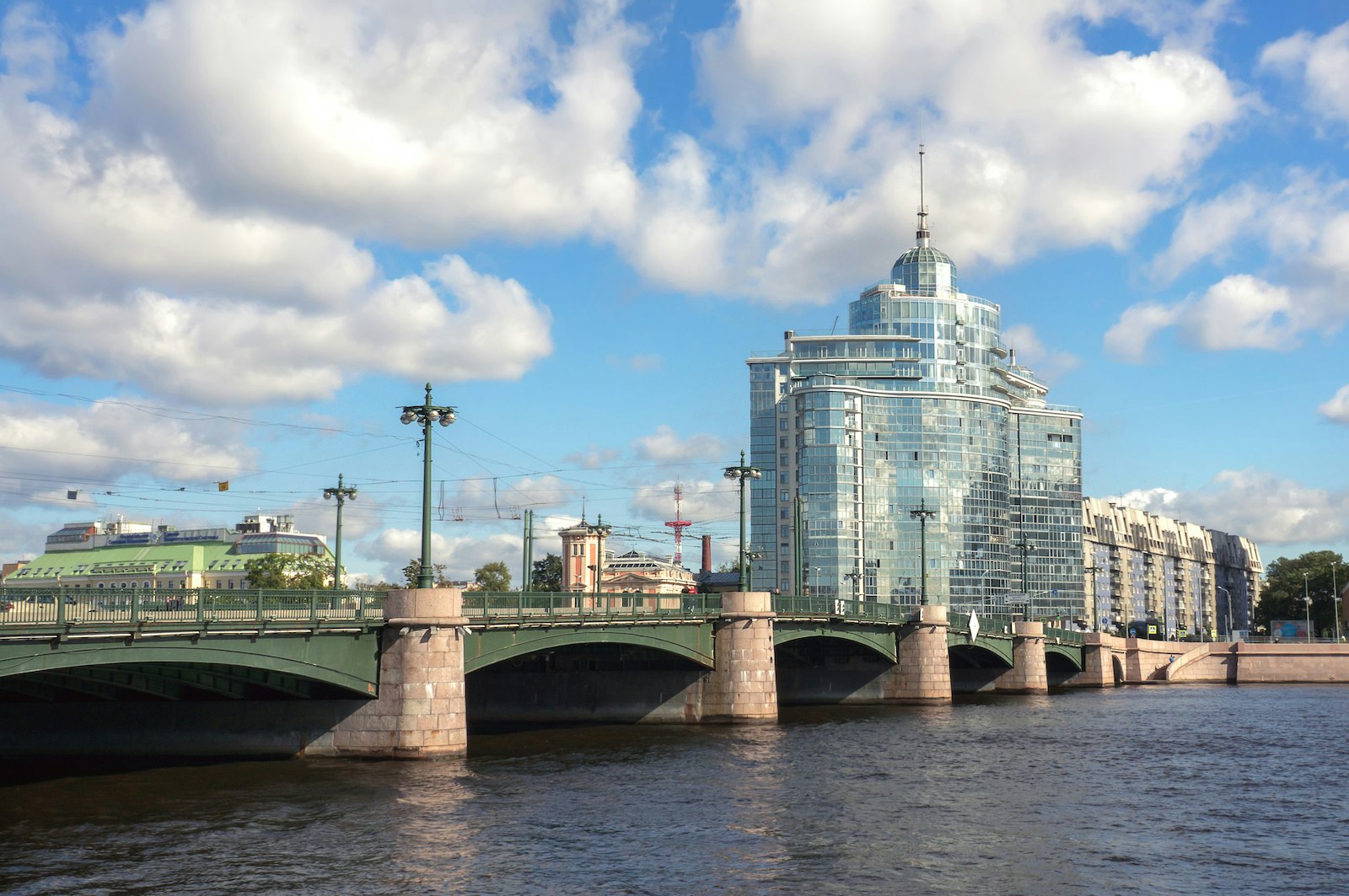
Nevsky Prospekt
19th century writer Nikolai Gogol described Nevsky Prospekt as 'Petersburg's universal channel of communication' in a story named after the city’s main thoroughfare. This definition is still true; Nevsky is the city’s busiest promenade, a showcase of the best that the former capital has to offer.
The buildings on Nevsky have been rebuilt many times – the most recent rebuild was during the reign of the last three tsars, from the 1860s to 1910s. The buildings, however, adhere to the same architectural principles developed by Carlo Rossi in the first half of the 19th century: monotonous lines of buildings of the same height occasionally broken up by waterways, squares or churches.
One such church is the Kazan Cathedral, surrounded by an imposing colonnade, designed to resemble St Peter’s Basilica in Rome. Built as a home for the especially revered icon, 'The Mother of God of Kazan', the Kazan Cathedral ironically became the Museum of Atheism during the Soviet times.
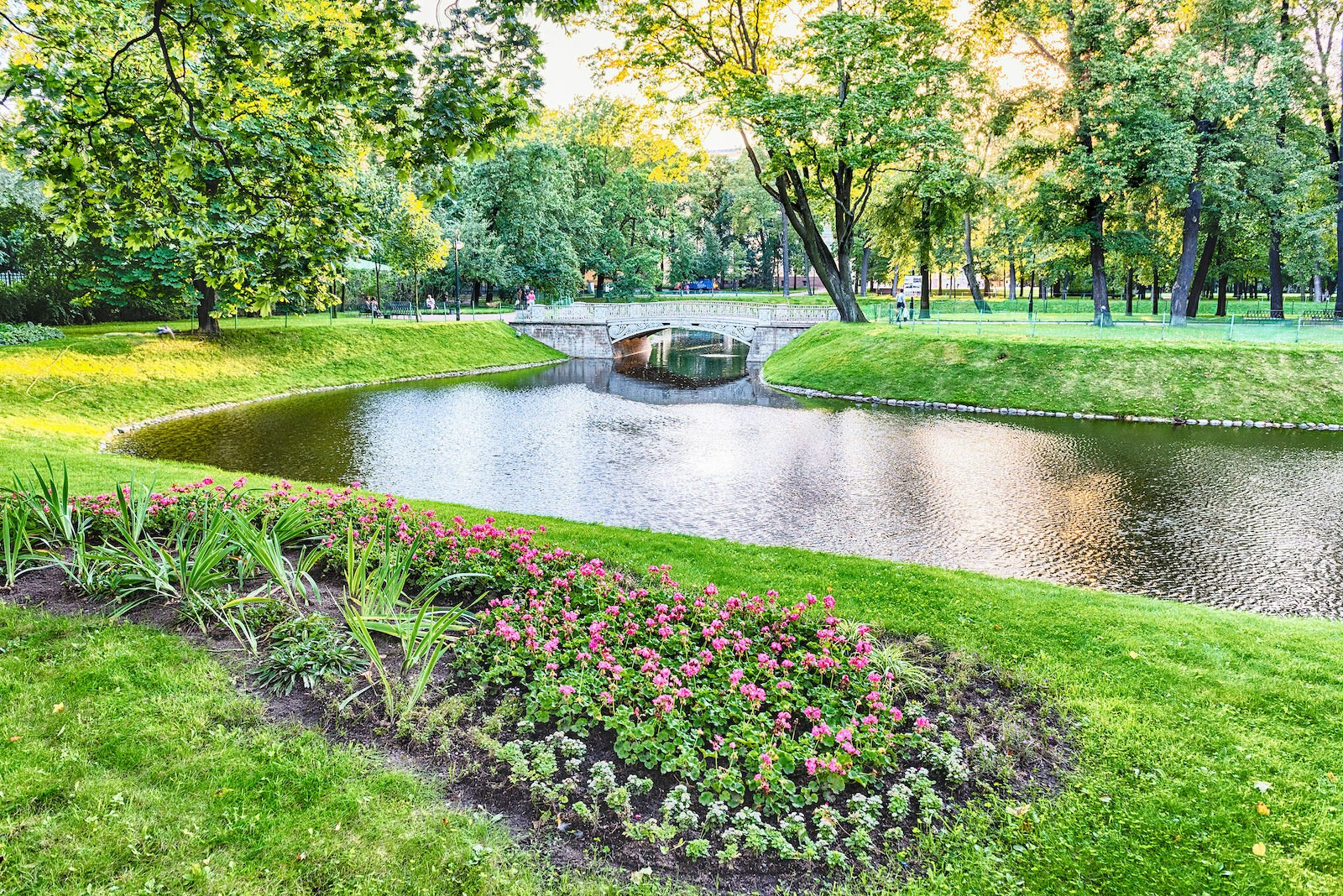
Across the street, on the corner of Nevsky Prospekt and Griboyedov Canal, you can see the Singer Building, built in the Russian art nouveau style and topped with a glass globe. Today it houses the largest bookstore in the city and cafe 'Singer' on the second floor. Stop there for a cappuccino and incredible views of the Kazan Cathedral.
Further down the street is Bolshoy Gostiny Dvor, meaning ‘a large merchant’s court’. It’s the oldest shopping arcade in St Petersburg, which covers a whole block. Admire its architecture, but it's best to shop elsewhere. For example, stop at the Kupetz Eliseevs, located halfway between Griboyedov Canal and Fontanka River. Designed in Moderne style, this opulent food hall offers all kinds of delicacies. Alternatively, you can sip a glass of wine under a giant palm tree.
Another Nevsky highlight is the Anichkov Bridge over Fontanka River, designed by Peter Clodt. The four rearing horses symbolize the struggle between humanity and nature, but according to urban legend, if you look under one of the horse's tails you can see an image of a person that offended Clodt.
Nevsky Prospekt is not famous for good dining and drinking options, so after Anichkov Bridge, turn right to Ulitsa Rubinshteina, the main restaurant street of St Petersburg (or possibly the whole of Russia). Try Fartuk for burgers, falafel and various home-made food, as well as craft beer and cocktails; go to Bekitzer for Israeli street food and their famous vodka infusions and to the relatively new Iskra for pizza.
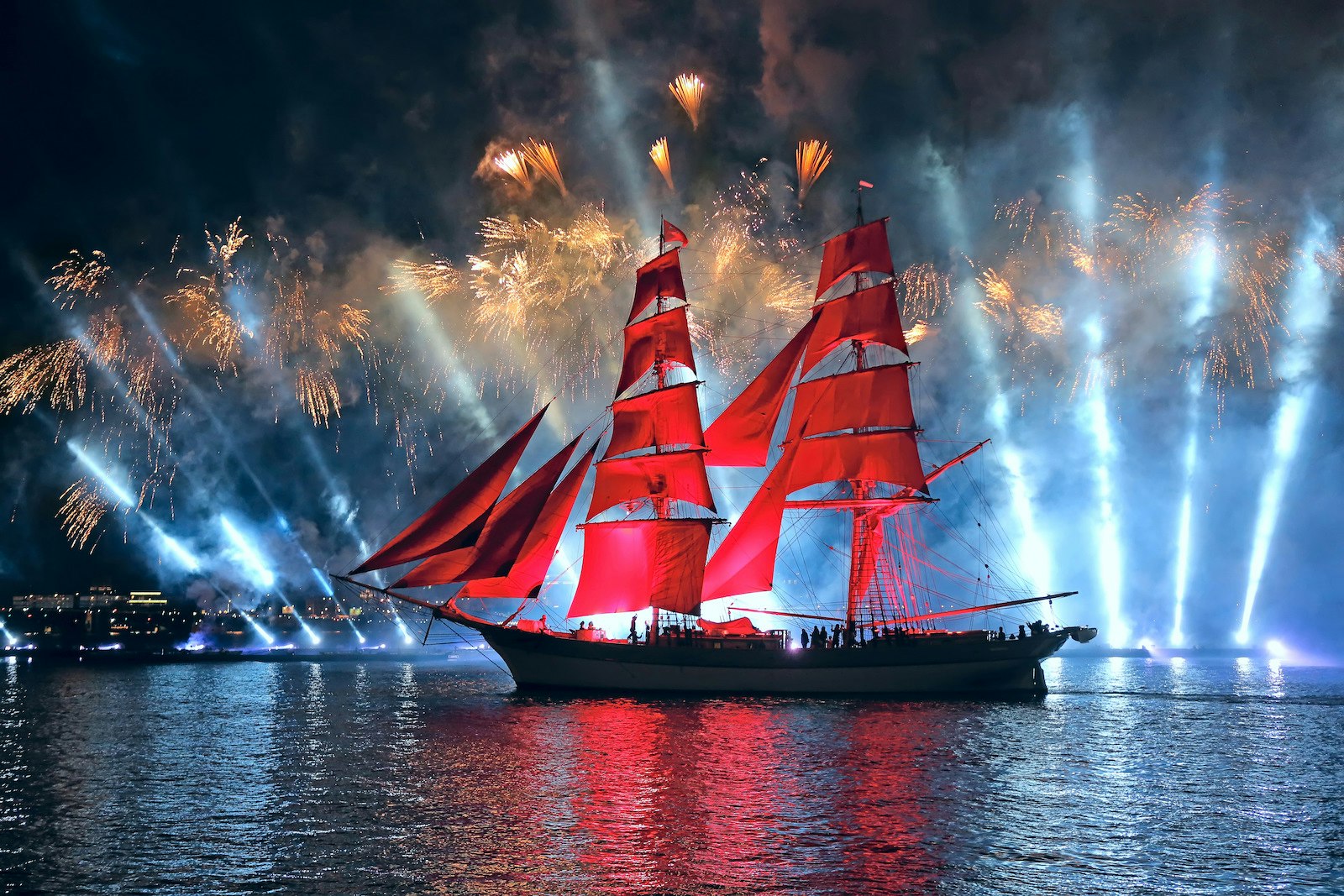
Vasilyevsky Island
Vasilyevsky Island, locally known simply as ‘Vaska’ is the largest island in St Petersburg. It’s here that Peter I actually intended to build his new capital. Dozens of canals were already dug when he changed his mind. The canals turned into linii (lines) and prospects – the major streets on the island.
Start your island exploration at Strelka (the Spit) – the easternmost tip of the island with the most landmarks. Check out the old Stock Exchange building behind the famous Rostral Columns that used to serve as navigational lamps in the 19th century.
Vasilyevsky Island is the neighborhood of ‘firsts’: first museum – Kunstkamera, where Peter the Great gathered various curiosities, the first university – Twelve Colleges complex, and the first stone building in the city – Menshikov Palace.
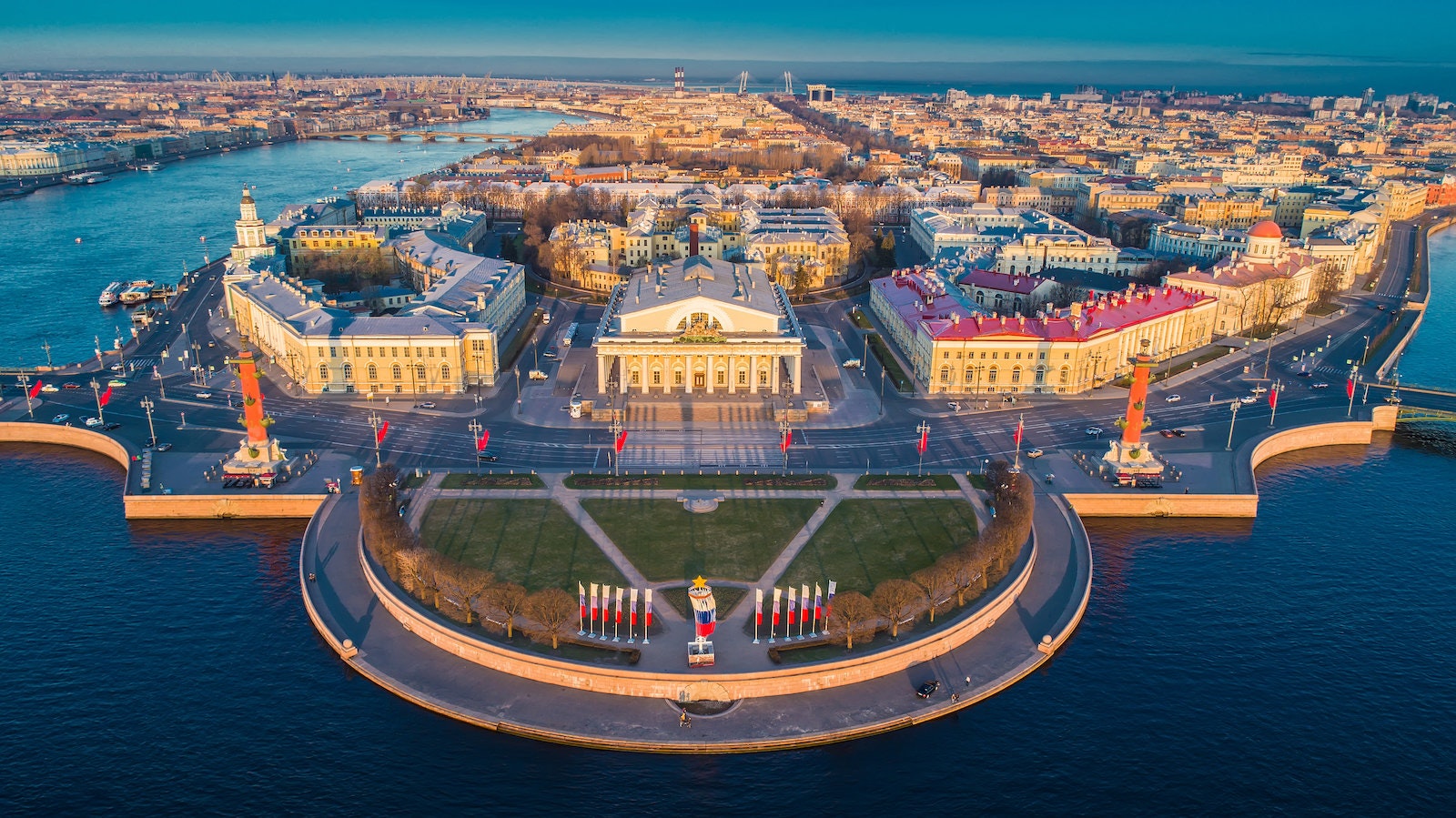
Further down the embankment is the Academy of Fine Arts with a small museum and two Egyptian sphinxes in front. Just around the corner is the walking street 6 i 7 Linii with wonderful baroque St Andrew’s Cathedral and plenty of places to eat, including an outpost of Na Parakh health food chain, where all the dishes are steam-cooked.
Take a taxi or a bus to the western side of Vaska to see Erarta Museum of Contemporary Art, which has a permanent collection of St Petersburg 20th- and 21st-century art, as well as regular exhibitions. The museum’s restaurant is also worth a visit.
Even further west is the newly opened Sevkabel Port, an abandoned ship-cable factory, which now hosts techno parties, flea markets and several restaurants. Stop in to check out Kuta Bar & Kitchen, with authentic Balinese cuisine and bar Machty, with a retro look and disco parties.
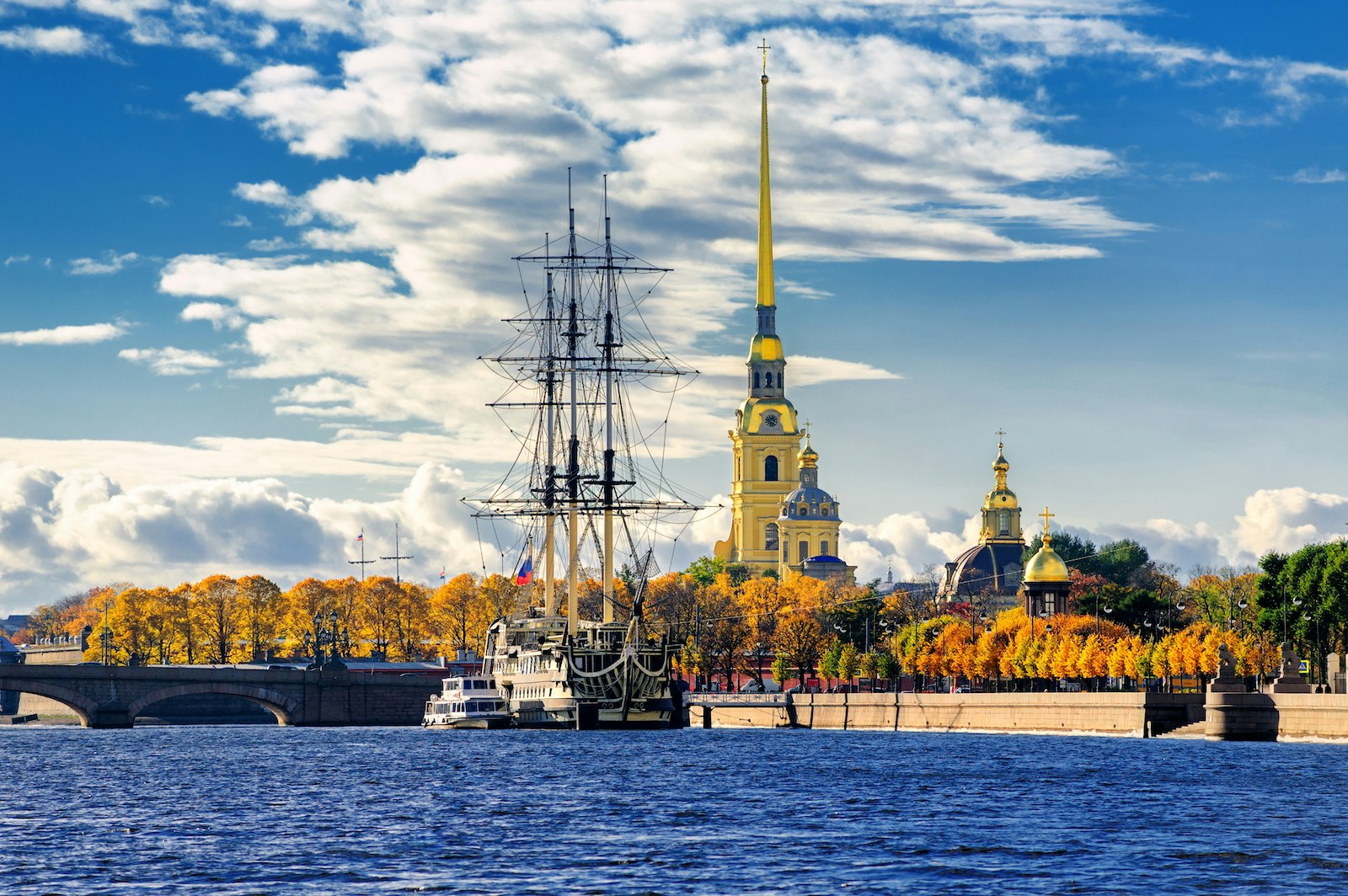
Petrogradka
The Petrograd Side, aka Petrogradka, is the oldest part of the city. Here, on Zayachy (Hare) Island Peter the Great founded Peter and Paul Fortress in 1703. Today the fortress is home to several museums, including a former prison and the beautiful baroque St Peter and Paul Cathedral, the site of the crypts of most of the Romanovs, a family of aristocrats that ruled Russia from 1613 to 1917, when the reigning Tsar Nicholas II abdicated the throne.
A small bridge leads from the fortress to the Petrograd Side proper, dominated by a beautiful sky blue mosque and Kshesinskaya Palace, which used to belong to a ballet dancer that was at one time Nicholas II's lover. It now houses the Museum of Political History. For lunch, go to Chekhov restaurant, the interior of which looks like a stage set for Anton Chekhov’s play. Try some traditional Russian dishes like borscht and pelmeni and don’t skip on the house-made beer and infusions.
Check out more moderne buildings on the neighbourhood's main avenue – Kamennoostrovsky Prospekt on your way to the Museum of Petersburg Avant-garde. This wooden cottage used to belong to Mikhail Matyushin, a painter, composer and one of the leading figures in the turn of the century avant-garde movement.
Spend a perfect Petrogradka evening at the rooftop bar Hi-Hat, overlooking the Botanical Garden. Down a pint of beer or a cocktail while watching the sunset and listening to some live music or a DJ set.
Make sure you're ready for anything with travel insurance from our trusted partners.
